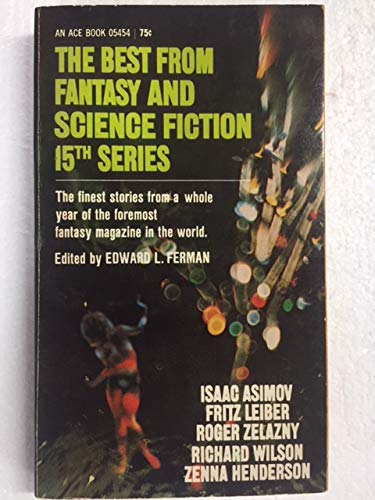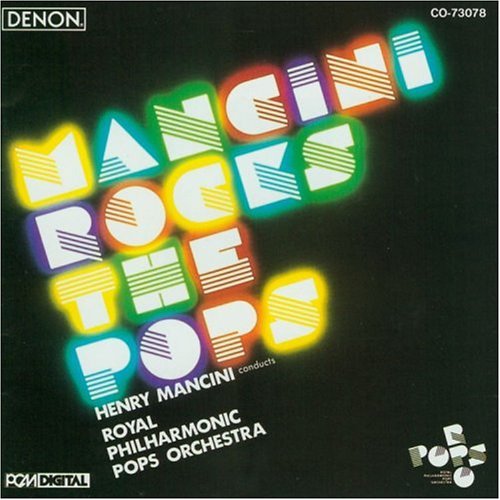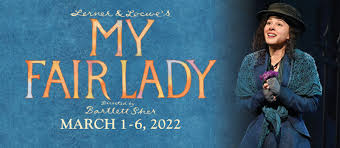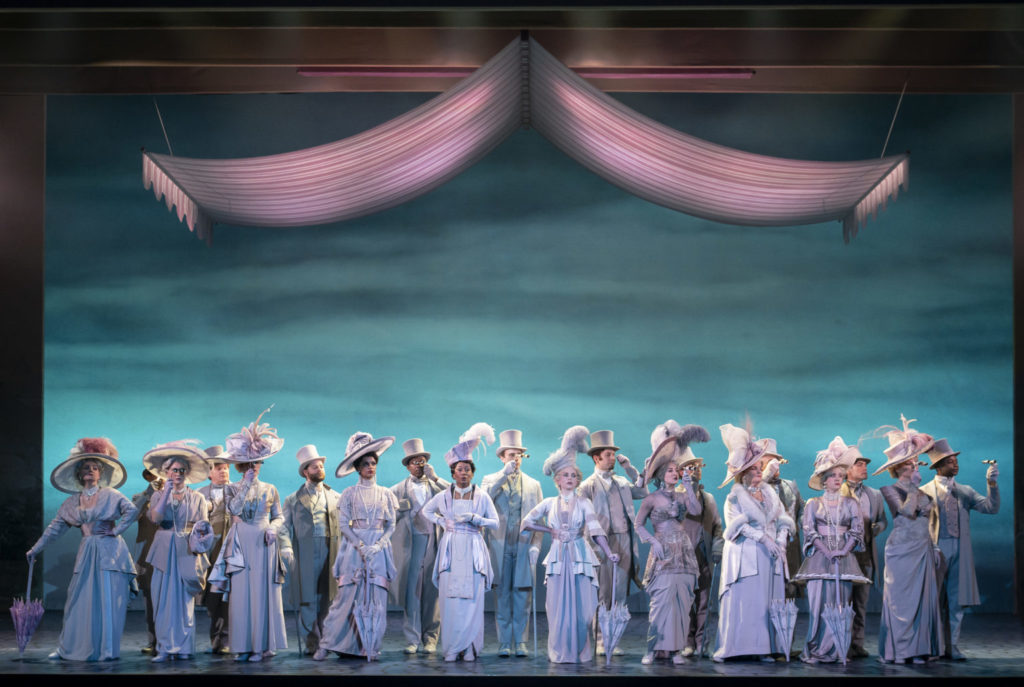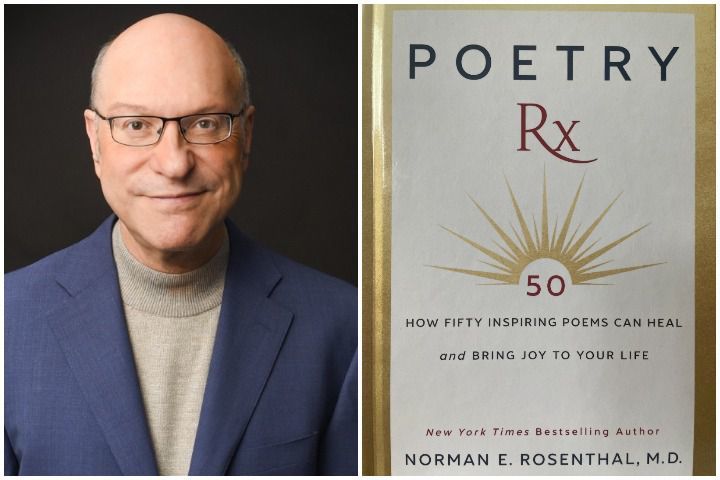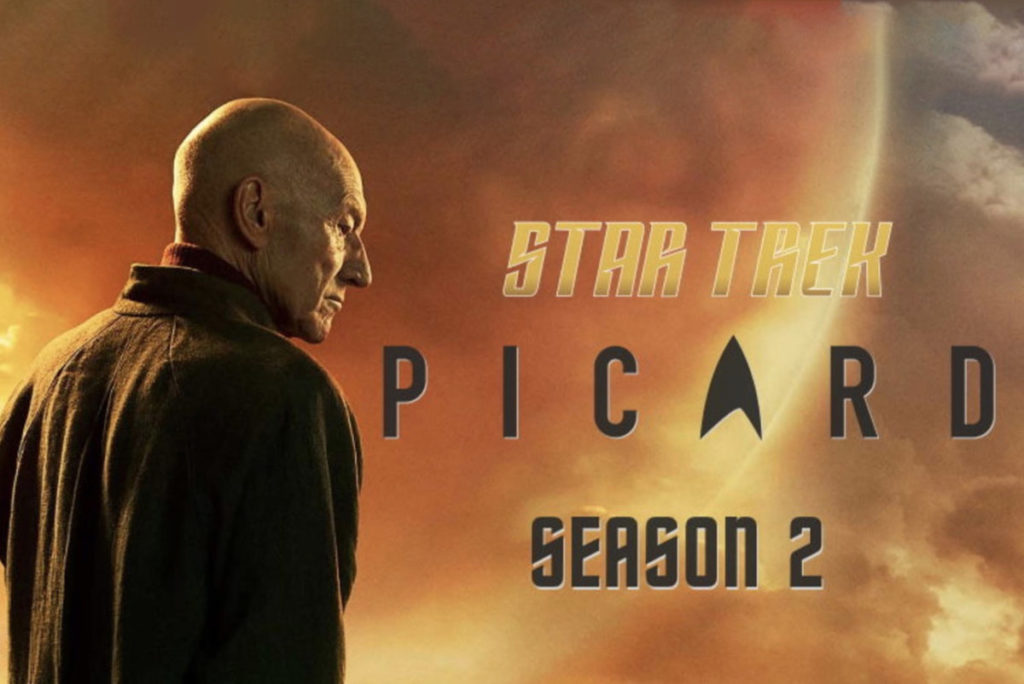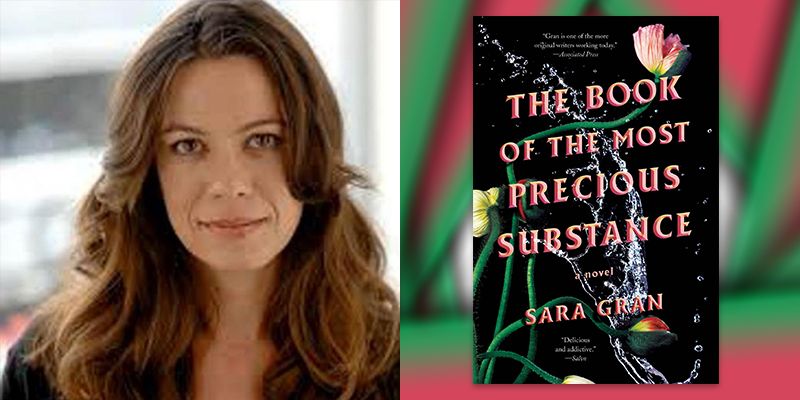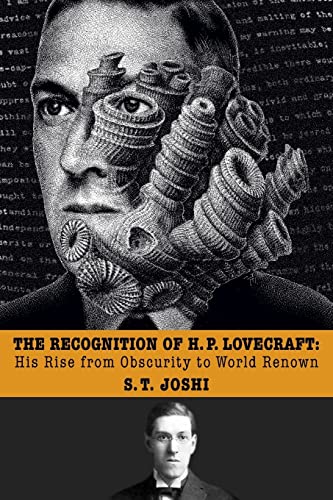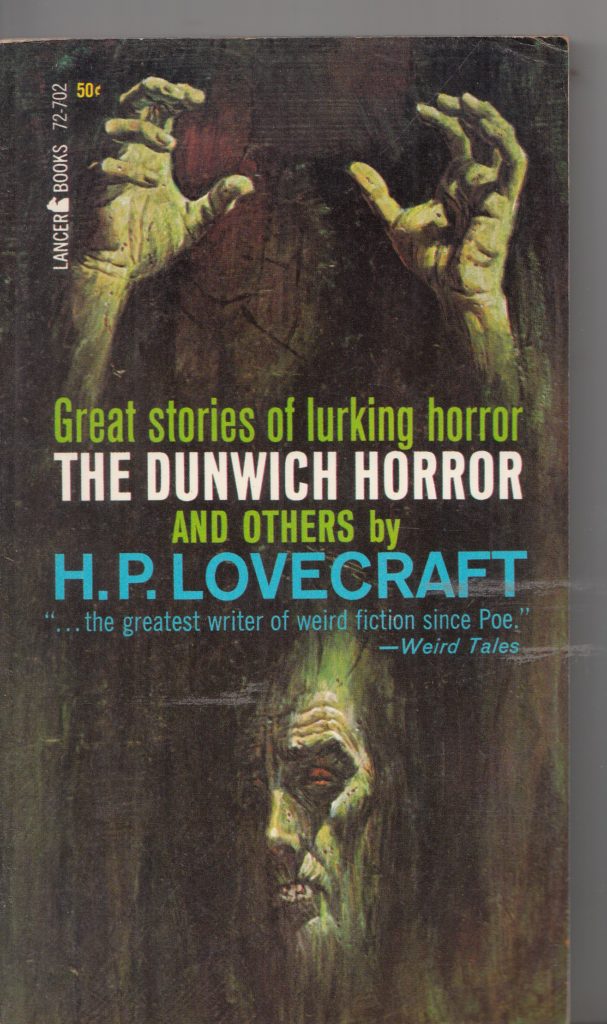Norman E. Rosenthal is a psychiatrist who believes poetry has the power to heal. Rosenthal selected 50 poems–many of them well-known–that can help readers deal with common problems of Life: loss, grieving, love, aging, anger, longing, and many more.
Whether or not you believe Rosenthal’s theory of the healing power of poetry, Rosenthal has assembled a wonderful group of poems that can just be read for pleasure. How many of these 50 poems do you know? Any favorites? GRADE: B+
TABLE OF CONTENTS:
INTRODUCTION — 1
PART ONE: LIVING AND LOSING
CHAPTER ONE: Is There an Art to Losing? — 9
“One Art” by Elizabeth Biship
CHAPTER TWO: Can Love Transform You? — 15
“How do I love thee? Let me count the ways” by Elizabeth Barrett Browning
CHAPTER THREE: The Heart versus the Mind — 22
“Pity me not because the light of day”. by Edna St. Vincent Millay
CHAPTER FOUR: Love in the Moment — 29
“Lullaby” by W. H. Auden
CHAPTER FIVE: When Love Fades — 36
“Failing and Flying” by Jack Gilbert
CHAPTER SIX: Getting Over a Breakup I: Acceptance — 43
“Why so pale and wan fond lover? by Sir John Suckling
CHAPTER SEVEN: Getting Over a Breakup II: Reclaiming Yourself — 48
“Love after Love” by Derek Walcott
CHAPTER EIGHT: Declaring Your Love — 55
“Sonnet 18: Shall I compare thee to a summer’s day?” by William Shakespeare
CHAPTER NINE: Consoled by Love — 63
“Sonnet 29: Whe, in disgrace with fortune and men’s eyes” by William Shakespeare
CHAPTER TEN: In Praise of the Marriage of True Minds –71
“Sonnet 116: Le me not to the marriage of true minds” by William Shakespeare
CHAPTER ELEVEN: Loss of a Loved One — 77
“Stop all the clocks, cut off the telephone (Funeral Blues) by W. H. Auden
CHAPTER TWELVE: Will I Ever Feel Better? — 83
“Time Does Not bRing Relief” by Edna St. Vincent Millay
CHAPTER THIRTEEN: Love Remembered — 86
“When You Are Old” by William Butler Yeats
CHAPTER FOURTEEN: Love After Death — 91
“Remember” by Christina Rossetti
PART TWO: THAT INWARD EYE
CHAPTER FIFTEEN: Transcendence in Nature –101
“Daffodils” by William Wordsworth
CHAPTER SIXTEEN: The Memory of Daffodils –109
“Miracle on St. David’s Day” by Gillian Clarke
CHAPTER SEVENTEEN: Transcendence in Body and Mind — 114
“Lines Composed a Few Miles above Tintern Abbey (excerpt)
CHAPTER EIGHTEEN: The Power of Dark and Light — 119
“There’s a certain Slant of light” by Lily Dickinson
CHAPTER NINETEEN: In Praise of Diversity — 126
“Pied Beauty” by Gerard Manley Hopkins
CHAPTER TWENTY: A Plea to Save the Natural World — 131
“Inversnaid” by Gerard Manley Hopkins
CHAPTER TWENTY-ONE: The Importance of Being Needed — 136
“Stopping by Woods on a Snowy Evening” by Robert Frost
CHAPTER TWENTY-TWO: The Choices We Make — 142
“The Road Not Taken” by Robert Frost
CHAPTER TWENTY-THREE: The Force of Longing — 148
“Sea Fever” by John Masefield
CHAPTER TWENTY-FOUR: Finding Hope in Nature — 154
“The Darkling Thrush” by Thomas Hardy
PART THREE: THE HUMAN EXPERIENCE
CHAPTER TWENTY-FIVE: The Power of Hope — 163
“Hope is the thing with feathers” by Emily Dickinson
CHAPTER TWENTY-SIX: Welcoming Your Emotions — 168
“The Guest House” by Jalaluddin Rumi (Translated by Coleman Barks)
CHAPTER TWENTY-SEVEN: The Healing Power of Reconciliation — 175
“Out beyond Ideas” by Jalaluddin Rumi (Translated by Coleman Barks)
CHAPTER TWENTY-EIGHT: Leaving Home — 180
“Traveler, there is no road” by Antonio Machado (Translated by Mary G. Berg and Dennis Maloney)
CHAPTER TWENTY-NINE: And Those You Leave Behind — 184
“Letter to My Mother” by Salvatore Quasimodo (Translated by Jack Bevan)
CHAPTER THIRTY: The Importance of Self-Actualization — 190
“On His Blindness” by John Milton
CHAPTER THIRTY-ONE: The Power of Faith — 195
“PSALM 23, A PSALM OF DAVID”
CHAPTER THIRTY-TWO: The Thrill of Discovery — 199
“On First Looking into Chapman’s Homer” by John Keats
CHAPTER THIRTY-THREE: The enduring Thrill of the Moment — 205
“High Flight” by John Gillespie Magee Jr.
CHAPTER THIRTY- FOUR: The Long Reach of Trauma — 211
“The Sentence” by Anna Akhmatova (Translated by Judith Hemschemeyer)
CHAPTER THIRTY-FIVE: The Danger of Anger — 220
“The Poison Tree” by William Blake
PART FOUR: A DESIGN FOR LIVING AND THE SEARCH FOR MEANING
CHAPTER THIRTY-SIX: Principles for a Good Life — 229
CHAPTER THIRTY-SEVEN: Remaining Steady through Life’s Ups and Downs — 234
“If” by Rudyard Kipling
CHAPTER THIRTY-EIGHT: Never Give Up — 243
“Invictus” by William Ernest Henley
CHAPTER THIRTY-NINE: Putting One Foot in Front of the Other — 249
“The Waking” by Theodore Roethke
CHAPTER FORTY: Should You React or Proact? — 256
“Waiting for the Barbarians” by Constantine Cavafy (Translated by Edmund Keeley and Philip Sherrard)
CHAPTER FORTY-ONE: It’s the Journey that Matters — 261
“Ithaka” by Constantine Cavity (Translated by Edmund Keeley)
CHAPTER FORTY-TWO: Hold On to Your Dreams — 269
“Dreams” by Langston Hughes
PART FIVE: INTO THE NIGHT
CHAPTER FORTY-THREE: Should You Just Go for It? — 279
“An Irish Airman Foresees His Death” by William Butler Yeats
CHAPTER FORTY-FOUR: Or Should You Be Careful? — 283
“Musee des Beaux Arts” by W. H. Auden
CHAPTER FORTY-FIVE: Dying Too Soon — 289
“We Real Cool” by Gwendolyn Brooks
CHAPTER FORTY-SIX: Aging by Degrees — 296
“I know I Am Getting Old” by Wendell Berry
CHAPTER FORTY-SEVEN: The Critical Importance of Communication — 301
“Not Waving but Drowning” by Stevie Smith
CHAPTER FORTY-EIGHT: Should You Rage? — 310
“Do not go gentle into that good night” by Dylan Thomas
CHAPTER FORTY-NINE: Or is it Time to Go Gently? — 317
“Because I could not stop for Death” by Emily Dickinson
CHAPTER FIFTY: I Did Not Die! — 323
“Do not stand at my grave and weep” by Mary Elizabeth Frye
A Few Last Thoughts — 329
Source Materials and Further Reading — 330
Permissions — 337
Acknowledgements — 341
Index — 343
About the Author — 365


